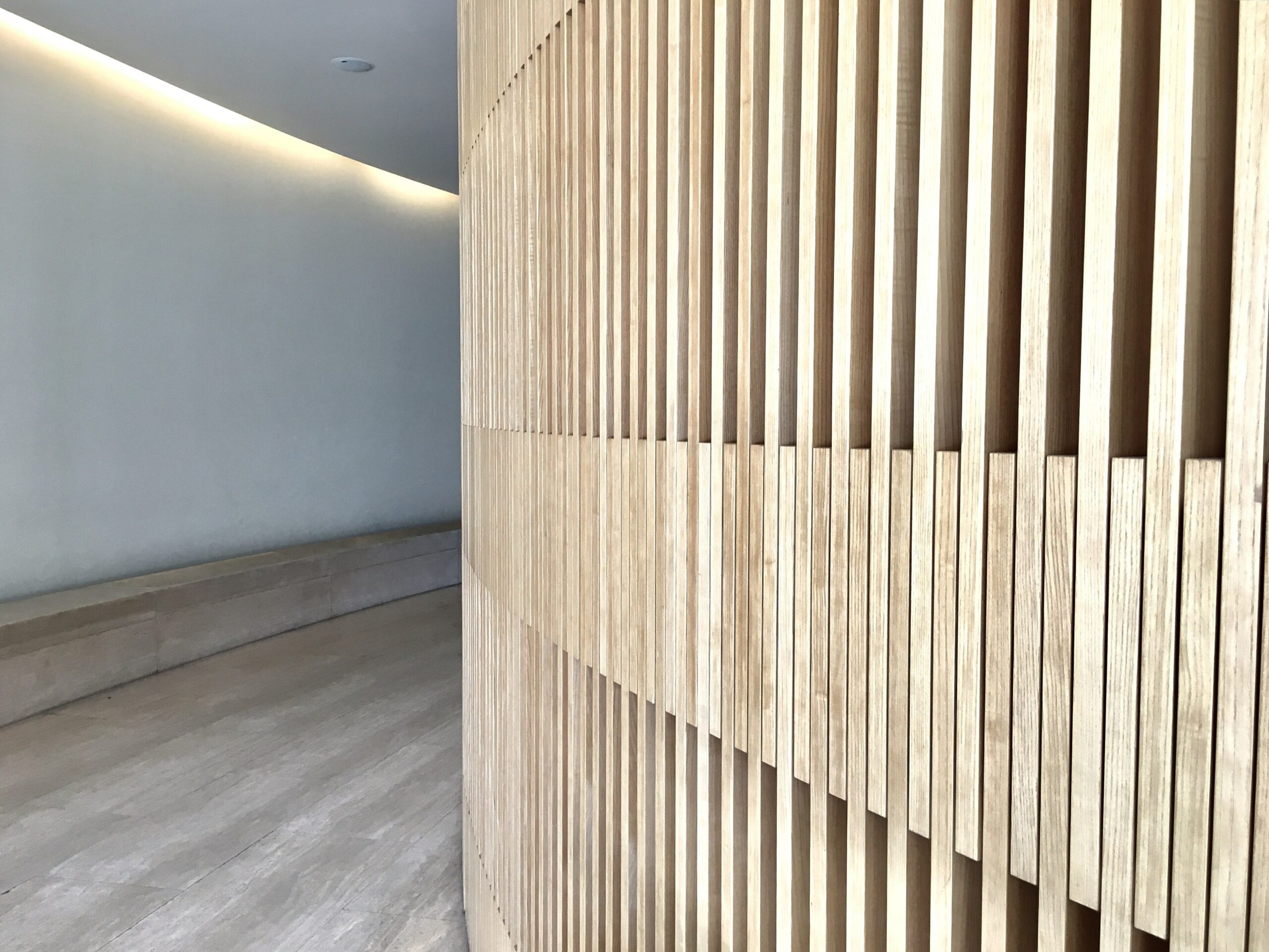Hey there! My name is Joe and I recently decided to take on another DIY project to refinish a piece of old furniture.
I had heard that gel stain was a great option because it didn’t require sanding and it gave a beautiful, smooth finish. So, I went for it and applied the gel stain to the piece of furniture.
Well, let me tell you, things did not go as smoothly as I had hoped. As I was applying the gel stain, I realized that there were a few rough spots on the wood that I had missed while sanding. “Dangit,” I thought to myself.
“Do I really have to sand this all over again after I’ve already applied the gel stain?” I was starting to regret my decision to use gel stain. But then, I started to wonder if there was another way. Could I sand the gel stain to smooth out those rough spots without ruining the finish?
I couldn’t shake the feeling of uncertainty as I finished up the staining process.
But, as I stepped back to admire my handiwork, I noticed that the rough spots were still there and they were really bugging me. I started to wonder if it was worth trying to sand the gel stain to smooth them out. So, I decided to do some research and find out for myself.
Table of Contents
Sanding Gel Stain: Yay or Nay?
As it turns out, it is possible to sand gel stain, but it is not recommended. Gel stain creates a thicker, more durable finish than traditional wood stains, and sanding it can potentially damage the finish and ruin the smooth, even appearance.
If you do decide to sand gel stain, it is important to use a very fine grit sandpaper (around 320 grit or higher) and to sand very lightly.
You should also use a sanding block to ensure an even sanding and to avoid accidentally sanding too deeply into the wood.
If you are trying to smooth out rough spots in the wood before applying the gel stain, it is a better idea to sand the wood with a medium grit sandpaper (around 220 grit) before applying the gel stain.
This will help to ensure a smooth, even finish after the gel stain is applied.
Alternatives to Sanding Gel Stain
If you want to smooth out rough spots in your gel stained wood without sanding, there are a few alternatives you can try.
One option is to use a wood filler to fill in the rough spots and then sand the filler smooth once it has dried.
Another option is to use a fine grit sanding sponge to gently sand the rough spots.
Sanding sponges are a good option because they are more flexible and can conform to the contours of the wood more easily than a sanding block. Just be sure to use a light touch and to sand very gently to avoid damaging the gel stain finish.
FAQ
Can You Use a Palm Sander on Gel Stain?
It is generally not recommended to use a palm sander on gel stain because the sander can potentially damage the finish and create an uneven sanding.
If you do decide to use a palm sander, be sure to use a very fine grit sandpaper (around 320 grit or higher) and to sand very lightly. It is also a good idea to use a sanding block to ensure an even sanding and to avoid accidentally sanding too deeply into the wood.
Can You Use a Random Orbit Sander on Gel Stain?
Like a palm sander, a random orbit sander can potentially damage the finish of gel stain and create an uneven sanding.
It is generally not recommended to use a random orbit sander on gel stain, but if you do decide to use one, be sure to use a very fine grit sandpaper (around 320 grit or higher) and to sand very lightly.
It is also a good idea to use a sanding block to ensure an even sanding and to avoid accidentally sanding too deeply into the wood.
Can You Sand Gel Stain After it has Dried?
Yes, you can sand gel stain after it has dried, but it is not recommended. As mentioned earlier, gel stain creates a thicker, more durable finish than traditional wood stains and sanding it can potentially damage the finish and ruin the smooth, even appearance.
If you do decide to sand the gel stain, be sure to use a very fine grit sandpaper (around 320 grit or higher) and to sand very lightly. It is also a good idea to use a sanding block to ensure an even sanding and to avoid accidentally sanding too deeply into the wood.
The Verdict: Sanding Gel Stain Isn’t Always the Best Idea
So, can you sand gel stain before top coat? In short, it is possible, but it is not recommended. Sanding gel stain can potentially damage the finish and ruin the smooth, even appearance.
If you are trying to smooth out rough spots in the wood before applying the gel stain, it is a better idea to sand the wood with a medium grit sandpaper (around 220 grit) before applying the gel stain.
If you do decide to sand the gel stain after it has dried, be sure to use a very fine grit sandpaper and to sand very lightly to avoid damaging the finish.
